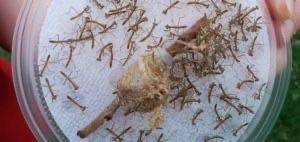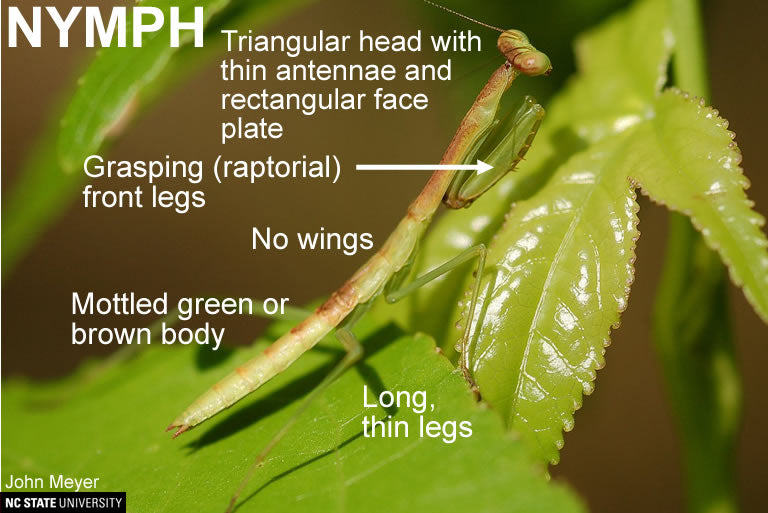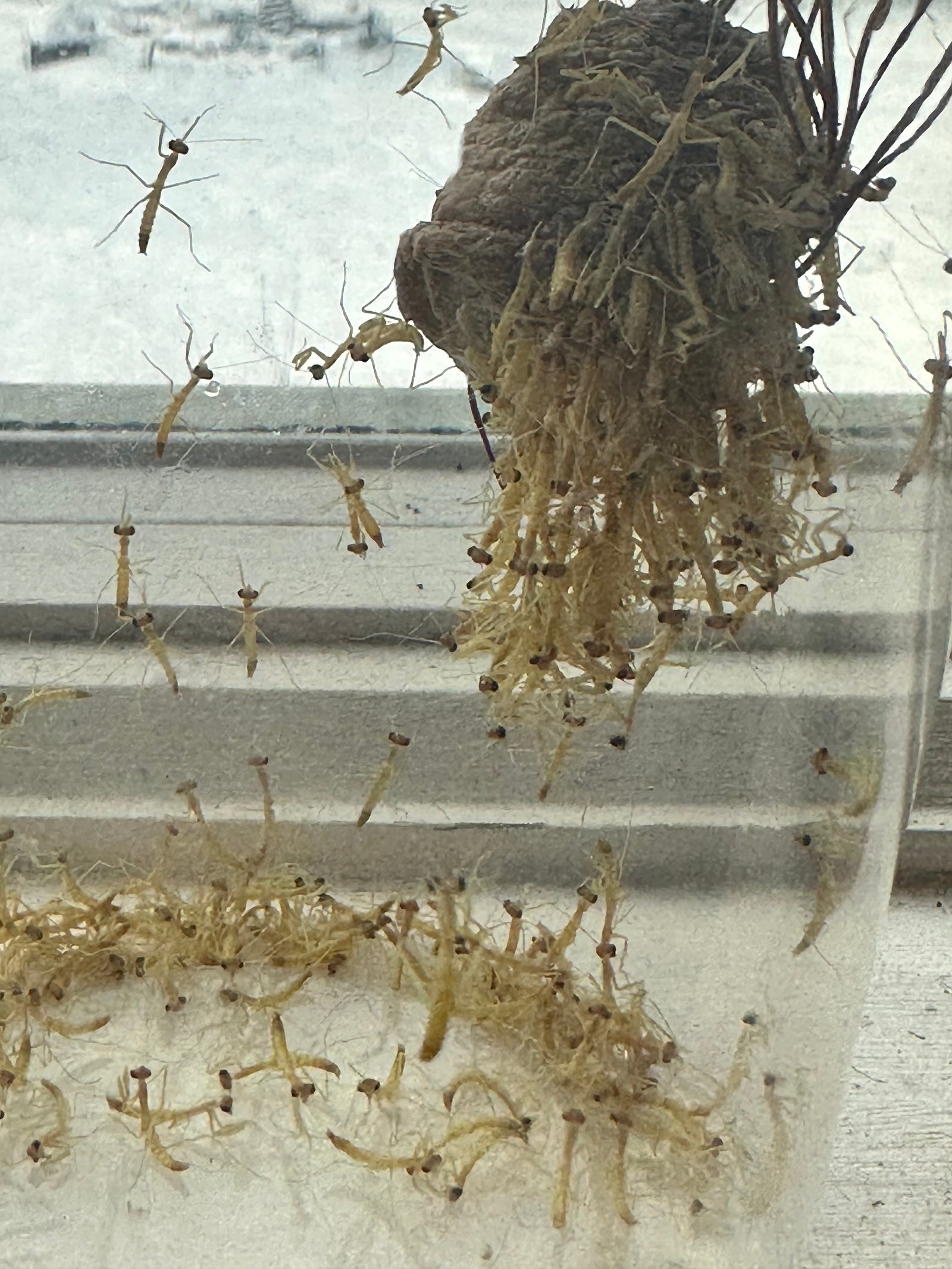
















3 pack Chinese Mantis ooth egg Case live
$45.00$0.00
Tenodera sinensis Read this....It's not invasive! It has been naturalized for more than a century, thriving and helping to balance our flora and fauna. The Chinese mantis is a praying mantis native to Asia and the nearby islands. In 1896, a nurseryman accidentally introduced this species to Mt. Airy near Philadelphia, PA. The ooth (egg Case) hatches up to 200 nymphs.
The Chinese mantis is a long, slender, brown, green praying mantis. It is typically longer than other praying mantid species, reaching just over 11 centimeters 4.5", and is the largest mantis species in North America (spread throughout the Northeast United States). Its color can vary from green to brown, with a green lateral stripe on the borders of the front wings in the brown color form. In low light, the eyes of the mantis appear black, but in daylight, they appear to be clear, matching the color of the head. Chinese mantids look similar to another mantis species introduced to the United States, the narrow-winged mantid(Tenodera angustipennis). Tenodera Sinensis and Tenodera angustipennis are similar in appearance, however, you can tell them apart by locating a spot in between their front legs. If it is yellow, it is a Chinese mantis, but if it is orange, it is a narrow-winged mantis. The female can produce several semi-spherical oothecae, roughly 2 cm. in diameter, containing up to 400 eggs. The oothecae are often affixed to vegetation such as bushes and small trees.
For pest control-1 egg case per 1,500 square feet. 2 egg cases per 3,000 square feet. Temperature Range: 40-104° F. Hatching can take up to 6 weeks at 70°F.
















